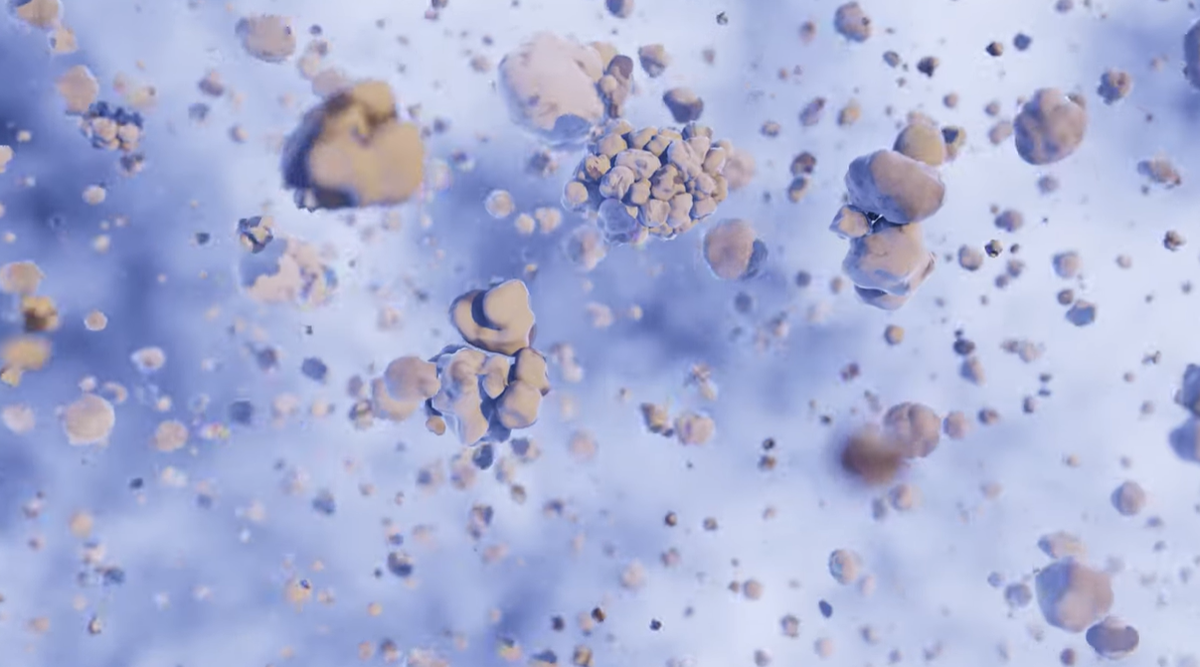Scientists have investigated how complex organic molecules form in protoplanetary disks around young stars. They concluded that so-called dust traps turned out to be key to the evolution of carbon compounds.

Protoplanetary disks and organic molecules
All life on Earth is made up of organic molecules, which are complex compounds of carbon. Recently, an international team of scientists was able to learn more about their formation in protoplanetary disks surrounding young stars.
Scientists have long known that the history of organic matter does not originate with the first living cell. It was preceded by a long chemical evolution that began back in the protoplanetary cloud, from which a young star then formed, surrounded by a disk of dust and gas.
It was in the protoplanetary disk that the complexity of carbon compounds began. However, they first had to take the form of complex multi-component molecules forming a graphite-like substance. But how more complex compounds were formed from it, there is only general speculation.
Dust traps as a site of chemical evolution
The new study was based on multiple sources. For example, it has made extensive use of data on the composition of carbonaceous chondrites, meteorites that contain a significant proportion of organics. In addition, scientists had results from the ALMA radio telescope’s study of protoplanetary disks.
The researchers knew that the substance eventually turned into organic molecules must end up inside the chondrites, but they didn’t know exactly how. The young star’s rays heat the matter, creating conditions for chemical transformations, but it spins too fast.
The solution turned out to be so-called dust traps. These are zones where the equilibrium of all forces in the dust disk is zero. This is where pebbles get the opportunity to grow into planetesimals. Chemical evolution transforms simple carbon compounds into the nitrogenous bases that make up amino acids.
Then those chondrites lucky enough to survive the many collisions will fall to the planets. There, evolution will accelerate and give rise to organic life.
According to www.space.com


